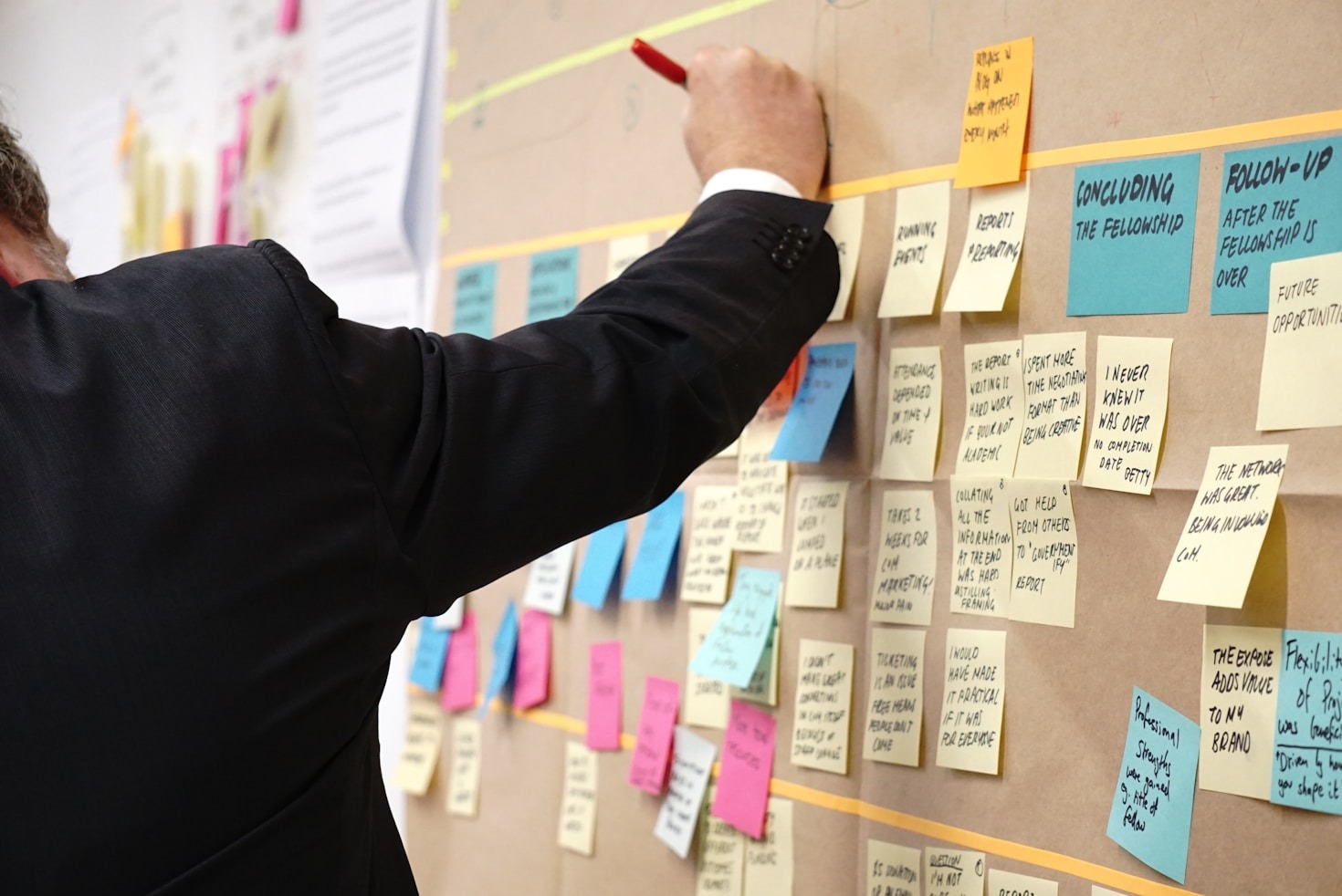Sustainability is no longer optional. It is the strategic and ethical filter that will define relevance — and resilience — for any institution in the coming decade. But embedding sustainability into leadership isn’t about adopting ESG labels or writing long reports. It’s about reconfiguring how decisions are made at every level.
What matters is not having a sustainability team. What matters is building a decision-making architecture where sustainability is inseparable from performance, purpose and power.
Why It Must Begin With Governance
Boards and executive teams are the most leveraged points in any system. If sustainability doesn’t shape what gets discussed, funded, prioritized and paused, it won’t shape anything that matters.
This is why sustainability must move:
- From the periphery to the core
- From compliance to intelligence
- From reputation to resilience
Sustainability isn’t a limitation. It’s a design lens for better strategy, stronger culture and long-term advantage.
The AIRIS Framework for Sustainable Decision-Making
We propose five integrated dimensions to anchor sustainability in governance and leadership:
1. Time Horizon Expansion
Sustainable leaders stretch timeframes. Instead of asking “Will this boost next quarter’s results?”, they ask:
- What are the second- and third-order consequences?
- How will this choice age in 10 years? In 30?
They embed intergenerational thinking in boardroom dialogue.
2. Stakeholder-Centric Design
Shift from shareholder supremacy to stakeholder synergy.
- Who is affected by this decision — seen and unseen?
- What systems or communities will carry its externalities?
The most successful organizations of tomorrow will be those who create shared value.
3. Materiality and Moral Imagination
Go beyond what’s measurable. Yes, material risks matter — but so does meaning.
Leaders must ask:
- What would this look like if we acted from courage instead of fear?
- Where are we complicit in harm we pretend not to see?
Moral imagination is a critical leadership capacity in a collapsing world.
4. Embedded Metrics and Adaptive Feedback
Sustainability can’t be a parallel dashboard. It must live within core KPIs — and adapt as new realities emerge.
- Use dynamic feedback loops
- Combine quantitative + qualitative indicators
- Reward learning, not just outcomes
5. Aligned Incentives and Culture
If your incentive structures reward short-term growth at any cost, you’re not sustainable — no matter your policies.
Culture eats strategy for breakfast. And sustainability must shape both.
Ask:
- What behavior do we really reward here?
- What values are embedded in our rituals, promotions and stories?
What This Looks Like in Practice
- A board declining a profitable investment because it undermines long-term planetary health
- An executive team involving frontline workers and Indigenous voices in innovation design
- A company integrating AI not only for efficiency, but to address systemic inequities
- A leader owning past blind spots publicly and redesigning internal power dynamics
This isn’t idealism. It’s the only leadership that will remain credible — and capable — in a world that is watching closely and suffering deeply.
The Role of AIRIS
At AIRIS, we support leaders to develop sustainability not as a vertical, but as a horizontal layer that crosses foresight, ethics, governance and innovation. We offer strategic coaching, tools and labs that help embed this mindset into how real decisions get made — under pressure, in complexity, and with clarity.
Action Steps:
- Think of a recent strategic decision: where was sustainability in the conversation? Core or cosmetic?
- What part of your current governance model is most misaligned with sustainability?
- Who holds the authority to veto unsustainable decisions — and how often do they use it?
Final Challenge:
Are you making decisions that your future self — or your children’s children — will thank you for?
If not, it’s time to redesign.

